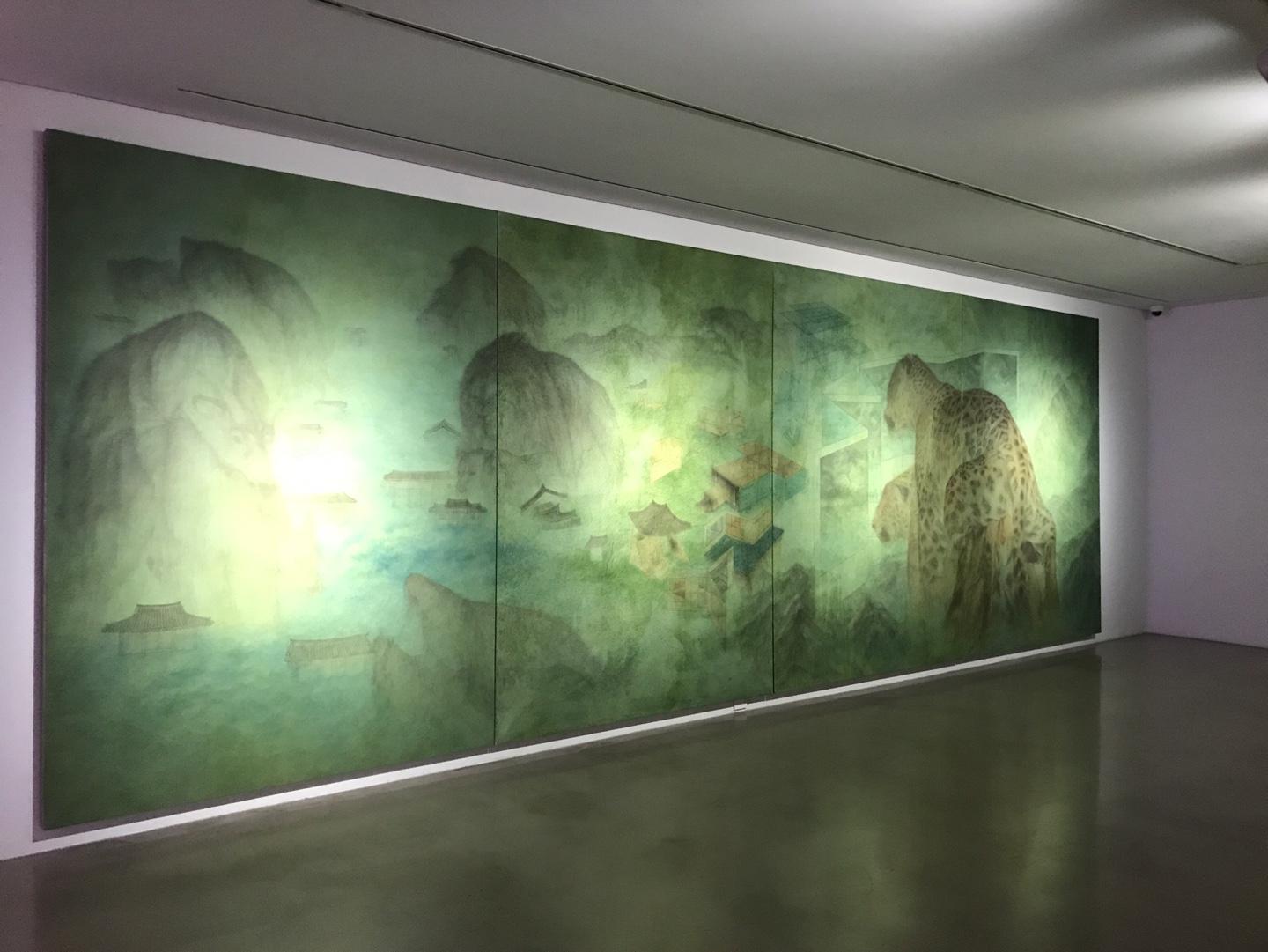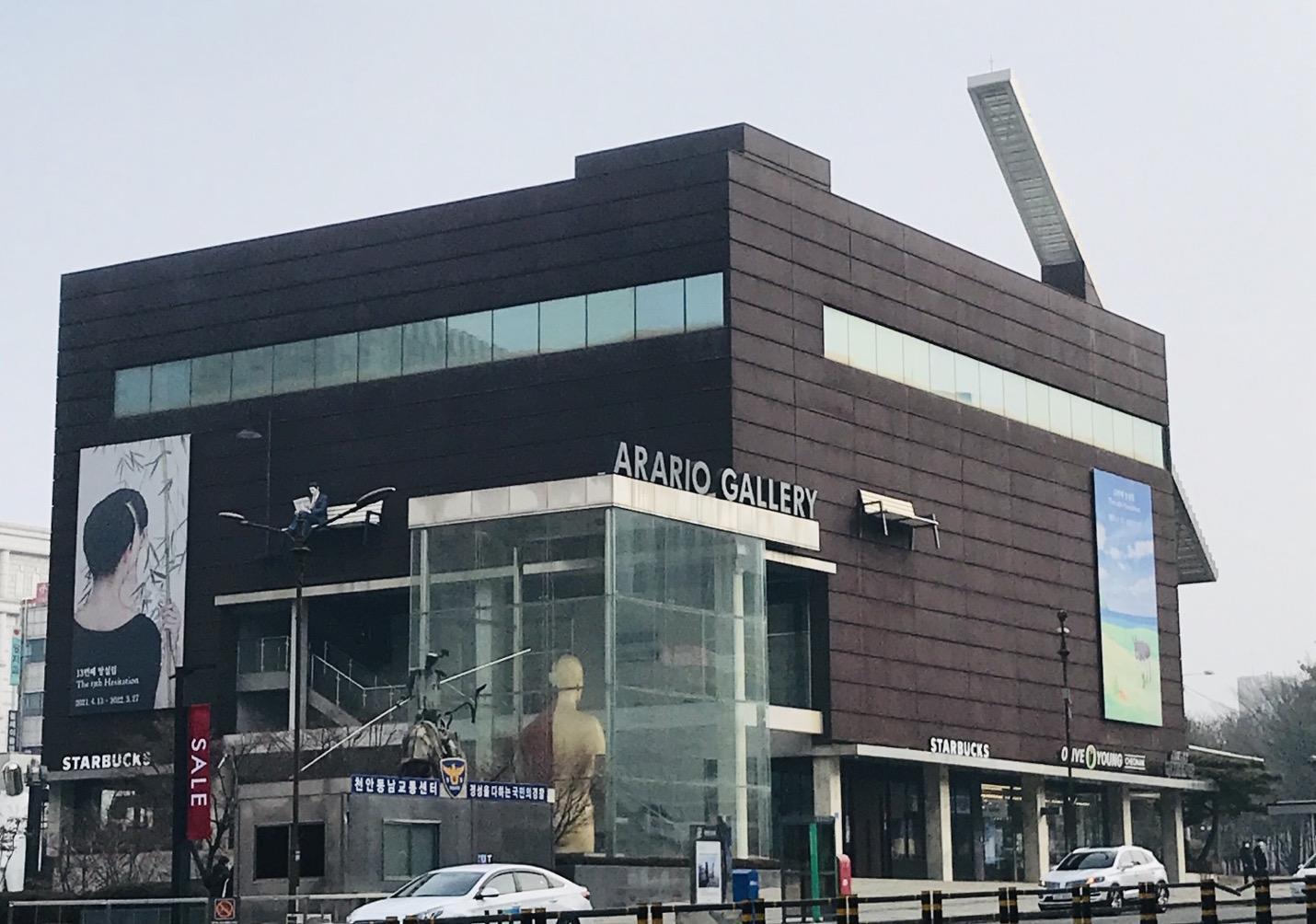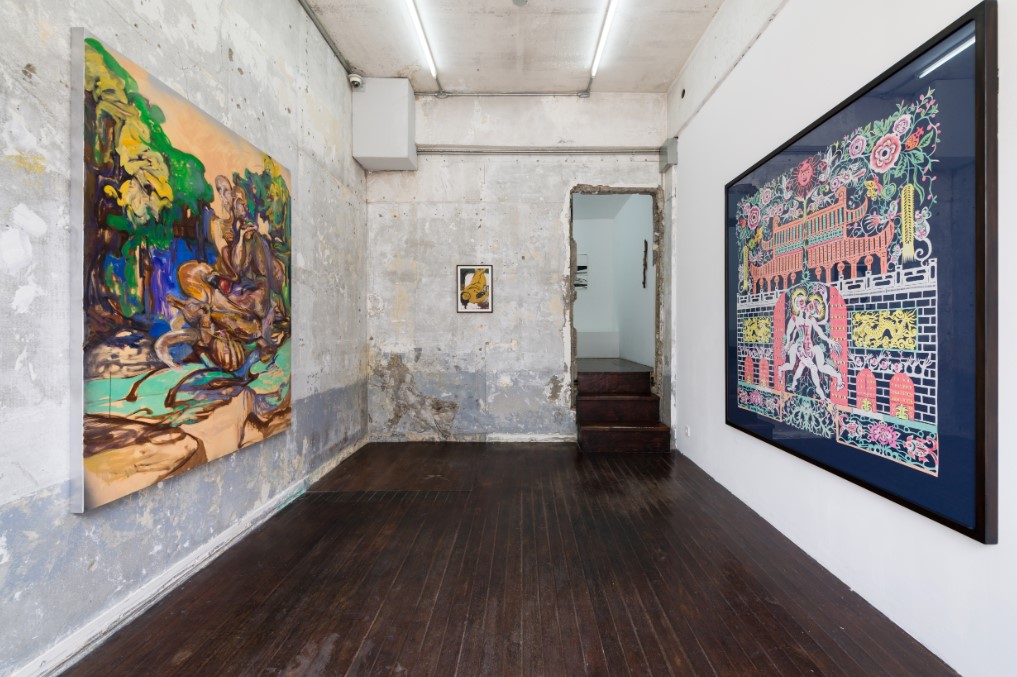Solo Exhibitions (Brief)
She has held six solo exhibitions until the present. The exhibitions was held at various spaces such as Alternative Space POOL(Seoul, Korea), Project Space SARUBIA(Seoul, Korea), Doosan Gallery(New York, USA), UARTSPACE(Seoul, Korea). In 2021, gallery P21(Seoul, Korea) in Itaewon held its solo exhibition in two years under the title 《Unstable Dimension》.
Group Exhibitions (Brief)
Lee Eunsil has participated in a wide range of group exhibitions held at ARARIO Gallery(Cheonan, Korea), Wooyang(Gyeongju, Korea), Indipressoul Gallery(Seoul, Korea), Leeum Museum(Seoul, Korea), Purdy/Hicks Gallery(London, UK), Genichiro-Inokuma Museum of Contemporary Art(Marugame, Japan), the National Museum of Contemporary Art(Gwacheon, Korea), Gyeonggi Museum of Modern Art(Ansan, Korea) and Insa Art Spcae(Seoul, Korea).
Awards (Selected)
Lee Eunsil was awarded the second prize at the 19th SongEun ArtAward(SongEun Art and Cultural Foundation, Seoul Korea) and selected as the artist of the year of the 29th JoongAng Fine Arts Prize(The JoongAng, Seoul, Korea).
Collections (Selected)
Her works are in collections of museums such as Seoul Museum of Art(Seoul, Korea) and the National Museum of Contemporary Art Art Bank(Gwacheon, Korea).
























